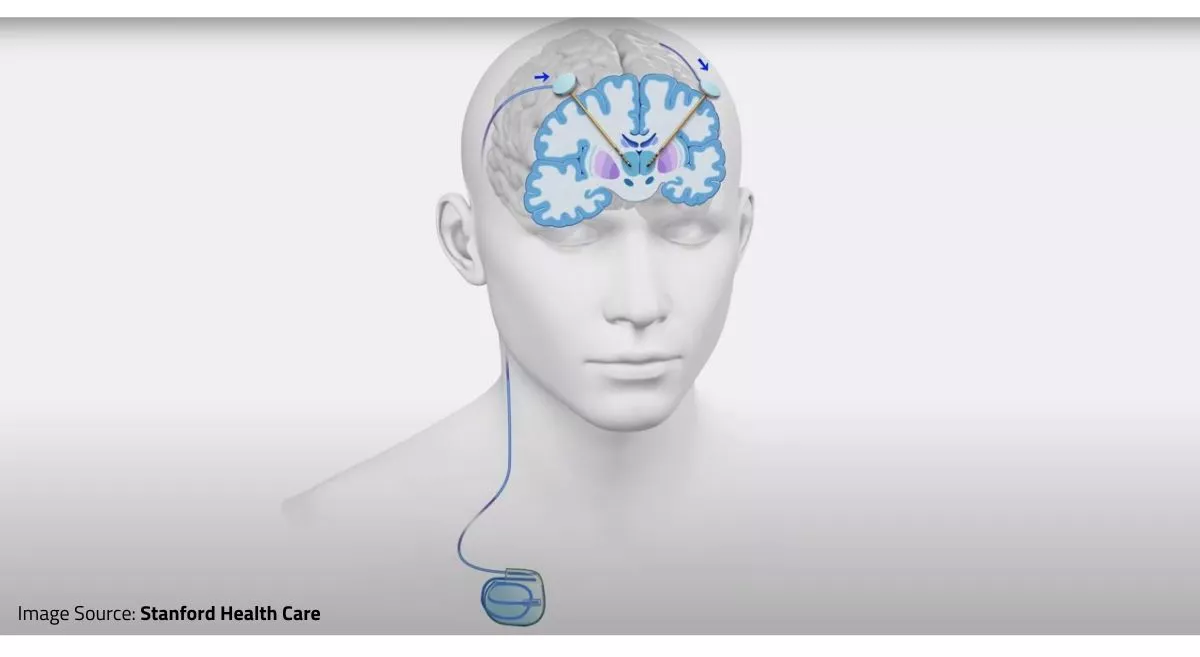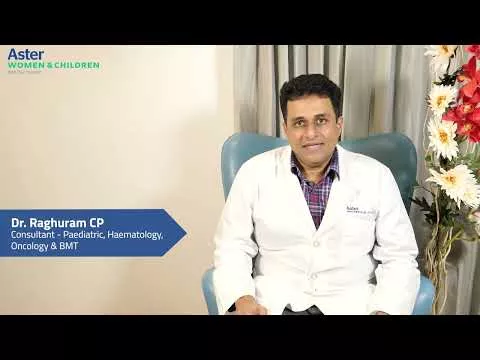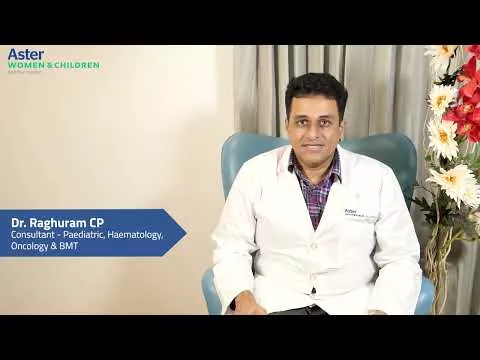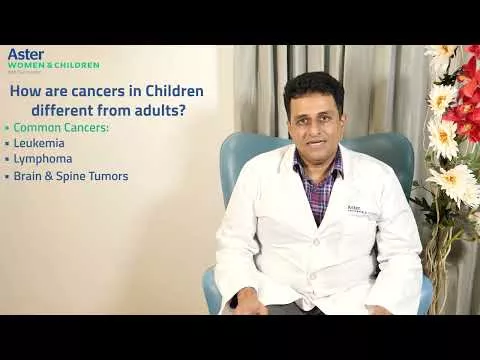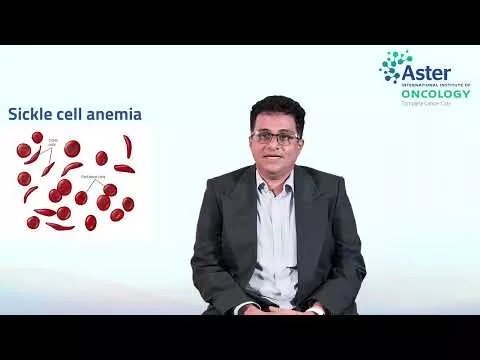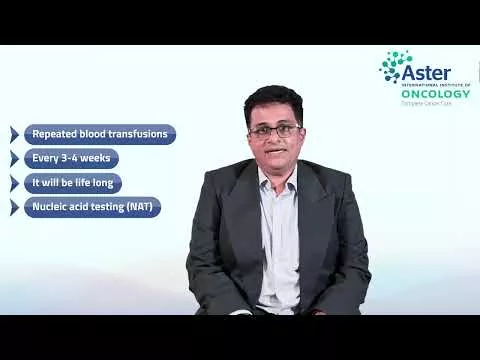Dr. Raghuram C.P., a distinguished Consultant in Pediatric Haemato-Oncology at Aster International Institute of Oncology elaborates on Thalassemia, a genetic blood disorder, where there is an abnormal hemoglobin, which leads to the breakdown of red blood cells. Children usually become symptomatic at around the age of 6 months and present with fever, cough, cold, paleness and severe anemia. Doctors will do a blood test and hemoglobin electrophoresis to confirm the diagnosis.
Treatment options
Most children with Thalassemia major will need repeated blood transfusions every 3 to 4 weeks lifelong. Due to repeated transfusions, there will be an increased iron level in the body, which can cause problems in organs like heart, liver and pancreas. To reduce iron levels, medication will be started after about 10 to 12 transfusions and needs to be taken lifelong. With this treatment, most children will lead a normal life till 30 to 40 years.
Bone Marrow Transplant
The only curative treatment for Thalassemia is a bone marrow transplant, with the best results achieved from a matched brother or sister. Bone marrow transplant can also be done from an unrelated matched donor or parents. After the transplant, children will lead normal lives and will not need any medications. Aster Hospitals has a dedicated bone marrow transplant unit with a team that has done more than 250 transplants for Thalassemia with very good results.
To consult our experts, contact us at 080-4510 8888.


